Controversy was sparked last year when Target went gender neutral with some of its products; with it came an important conversation amongst brands about the potential pitfalls of playing into gender stereotypes.
Many consider gender to exist on a spectrum rather than a male-female binary, causing brands to realize that consumers are more complex than gender stereotypes might suggest. The result: brands that are more inclusive of all gender identities.
At Cercone Brown, we’re calling this a “Marketing to Humans” revolution.
THINX
THINX, a brand that sells underwear specifically for a person’s menstrual cycle, is challenging gender norms with its “People with Periods” campaign. The ad features a transgender man, suggesting that females aren’t the only ones who would benefit from their products.
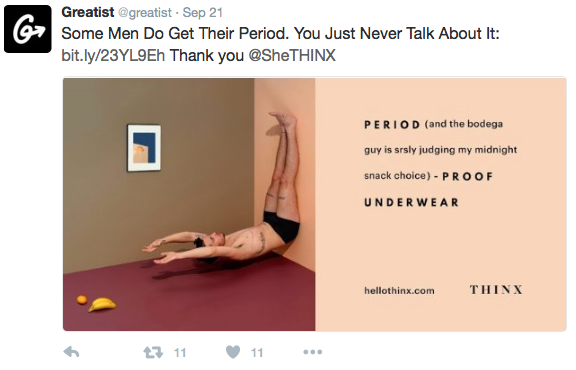


ZARA
Many high-end fashion lines strut androgynous – gender-neutral – clothing on the runway, however, ZARA is one of the first clothing brands to make this look mainstream with their “Ungendered” collection.
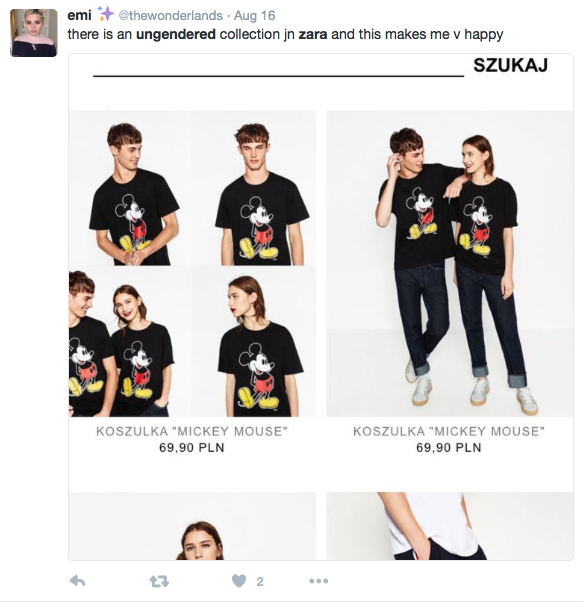



Covergirl
Makeup isn’t just for ladies anymore. Covergirl has introduced 17-year-old social media darling James Charles as their first ever CoverBOY.
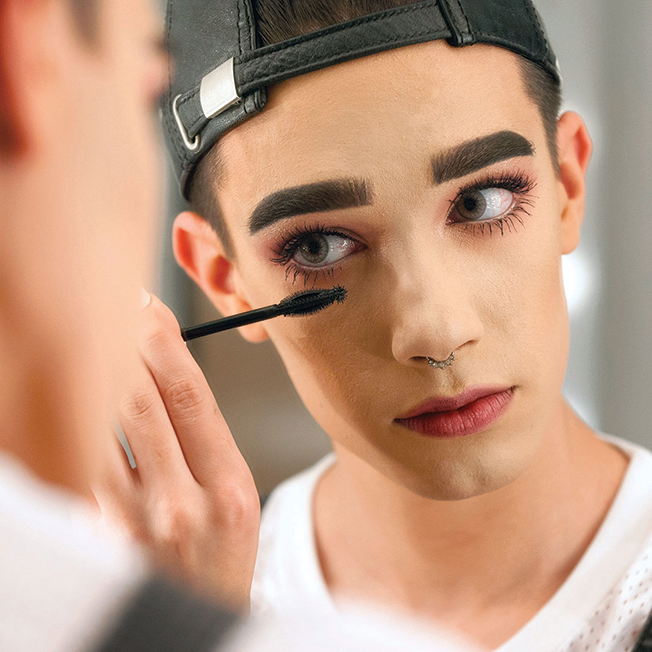
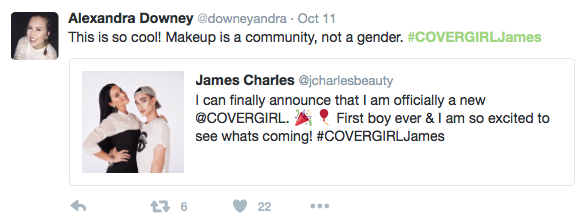
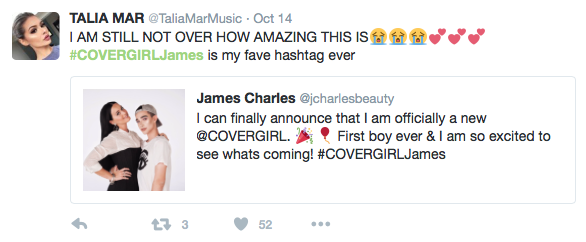
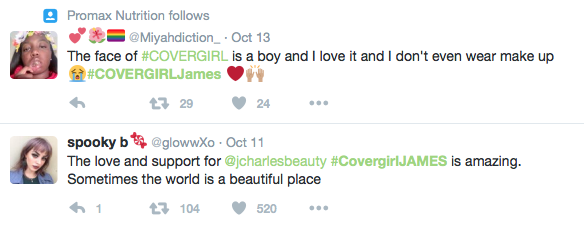

Veritas Genetics
We at Cercone Brown are joining this movement to remove gender stereotypes from marketing, particularly through our work with Veritas Genetics – a whole genome sequencing startup that also markets tests for breast, ovarian, and other cancers by testing for BRCA mutation.

A mutation on the BRCA chromosome can increase the risk for breast cancer in both men and women. Among our many objectives is to build awareness that both women and men are at risk for breast cancer.
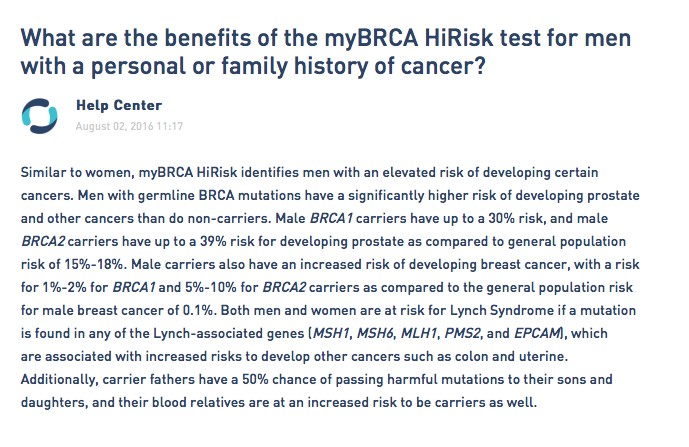
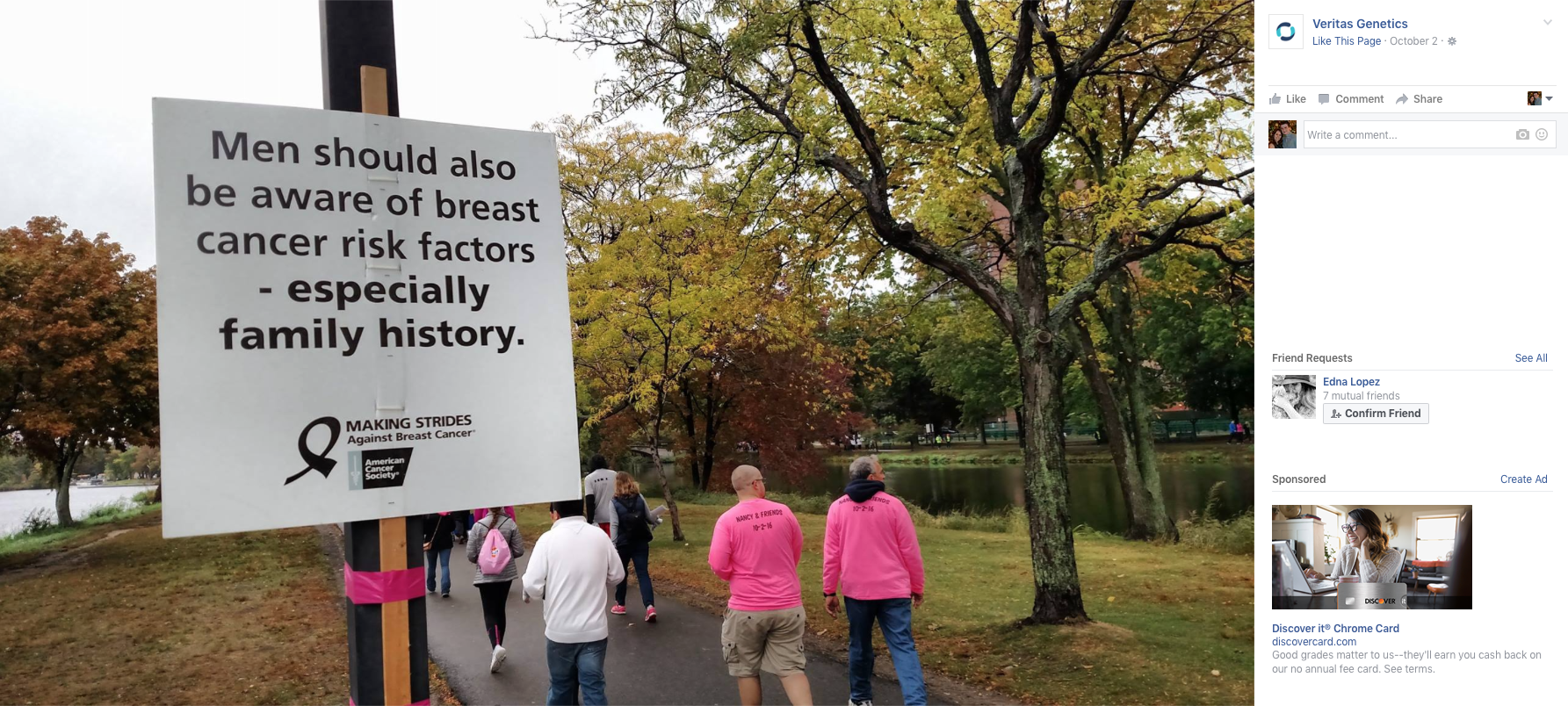

There is still a long way to go until marketing is truly intersectional and representative of all identities, but these brands are helping lead the march towards progress.
